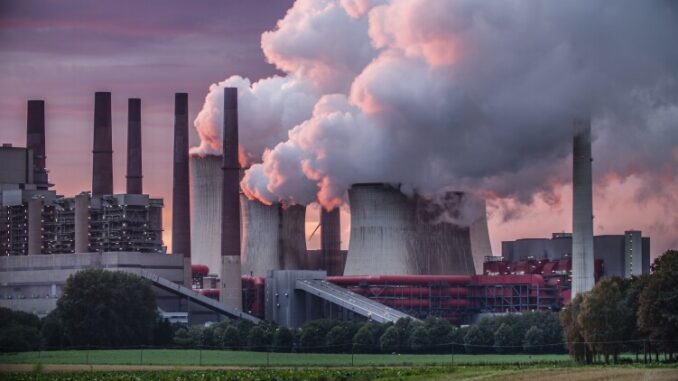
The energy transition is in full swing, with governments, financiers, and even the fossil fuel industry investing in emission reductions and low-carbon technologies to the tune of $755 billion last year — a 27 % increase from 2020. But investing in new technologies does not mean we should rush to unplug the reliable resources that ensure power grids operate effectively through extreme weather and spikes in demand.
Changes to our energy supply should be based in reality, not dictated by bumper sticker slogans. Polling shows that the public expects reliability and affordability from power providers, and an effective transition depends on both. The good news is we can execute a reliable energy transition of our power supply without sacrificing low costs and durability. But to do this, environmentalists need to recognize a few facts.
First, all types of fuels and technologies will be needed to supply the future power grid, but they will operate differently than they do today and will need to be compensated for the attributes they bring to the grid. Allowing the government to pick winners and losers — or subsidizing green energy while punishing traditional energy resources like coal mining — is a recipe for an unreliable grid that costs more than it should. The government has an exceedingly poor track record of predicting the future, and when tens of billions of dollars are at stake, there is no such thing as a small mistake.
Moreover, the renewables the government tends to favor are now cost-competitive with other sources of energy. And yet the Inflation Reduction Act includes another decade of subsidies for them, driving capital away from other resources that are critical to ensuring grid reliability or fostering innovation.
Second, we know the best long-term dispatchable resource is fueled by clean, safe, and abundant natural gas. It is able to maintain reliability through the peaks and valleys of intermittent resources such as wind and solar. Sadly, it’s increasingly rare to find a politician these days who is willing to acknowledge natural gas’s value as a key partner in the energy transition.
Nuclear power is also a part of the solution, but large-scale projects have been effectively scuttled by the rippling impacts from Plant Vogtle , a nuclear project riddled with delays and costs that set nuclear power back by a generation. We should be accelerating the development and deployment of cost-effective, small modular reactors. It’s encouraging to see the Nuclear Regulatory Commission approve the first one just this week. This is the type of innovation we need to see more of — not subsidization of the old regime.
An energy transition grounded in reality would support continued investment in nuclear and natural gas alongside the expansion of renewables. This may come as a shock to some, but we can have both intermittent and dispatchable sources of power, and they work well together. The cost of the future grid isn’t free. There are costs to ensure reliability, and we must marry that with affordability.
In fact, environmental justice advocates have long argued that we must adapt to our new reality where extreme weather is more common and deadlier. That means we need to ensure our power grid can handle the increased energy demand that comes with heat waves and have additional resources available if a storm takes some power sources offline. The best way to do that is to have a diverse portfolio of power sources that can be called upon in a crisis.
Those who focus only on reducing emissions while ignoring the importance of reliability and affordability risk harming the very people they claim to protect, as such policies make the energy grid less reliable and more expensive.
Instead of government mandating specific fuels and technologies, competitive markets are the best way to achieve reliable, least-cost energy today while unlocking the power of competition to spur the innovation needed for tomorrow. Deploying market fundamentals reduced emissions dramatically at PJM, a Pennsylvania-based company that serves as the world’s largest wholesale electricity market, lowering emissions more than 35% and meeting the goals of the Paris Agreement for the region. This proves that climate goals can be met by letting the market lead — we do not need government intervention.
The role of the federal government in energy policy should be to set the objective and get out of the way to allow market participants to deliver the best possible suite of energy solutions, reliably and affordably, to the consumer.
Todd Snitchler is the president and CEO of the Electric Power Supply Association , which represents competitive power suppliers. Mr. Snitchler previously served as chairman of both the Public Utilities Commission of Ohio and the Ohio Power Siting Board, and as a U.S. representative for Ohio’s 50th District.



